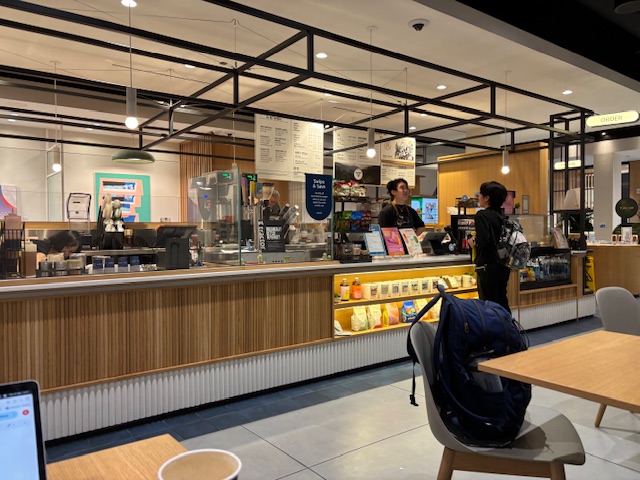June 02, 2025
Capital One makes employee engagement key to CX strategy

Capital One isn’t your usual bank. In fact it doesn’t even think of itself as a bank. It’s more of a technology company that happens to offer banking services. That subtle difference is reflected in its approach to employee and customer experience.
“The culture is probably closer to tech than it is to banking,” Sasha Fard, country lead, customer experience management, Capital One Canada, told Customer Experience Magazine.
“From the beginning, Capital One has been very consumer-centric,” he added.
Employee engagement is viewed as a vital driver for customer experience. From day 1, staff are encouraged to take ownership and accept responsibility, and it’s supported by a strong educational programme. “There is a culture of investing in employee, and customer success,” said Fard.
Staff are encouraged to take ownership
Capital One also has ‘Invest in Yourself Days’ on the last Friday of every month. On that day, everybody in the organisation, regardless of their role, is given time to grow professionally and personally.
“Everyone has that day, so it’s a shared experience. It really promotes employee culture,” explained Fard.
Given the strong company culture, Capital One pays close attention to who it’s hiring. A candidate might be a superstar in the banking field, but they have to fit the company culture.
“Hiring decisions aren’t typically made by a hiring manager. It’s a consensus,” said Fard.
“Once you’re hired, it doesn’t mean that you’ll stay in that team forever. You might rotate to another team, so we make sure you’re a good fit for the whole organisation,” he added.
Bringing humanity into banking
An engaged and empathetic workforce is key to fulfilling Capital One’s mission of bringing humanity into banking. The bank primarily offers financial services to low come individuals, while also trying to improve their credit ratings.
“We really focus on financial education. On our website there are a lot of tips [for] managing your finances,” said Fard. And “we have a tool called Credits Keeper, which is a credit monitoring tool”, he added.
In fulfilling its educational role, the bank adopts an empathic approach to customers. This makes its voice of the customer programme hugely important. “We sit with customers, have coffee with them, and understand their life situation, [and] what their goals are,” explained Fard.
Capital One’s US business has taken this one step further and reimaged branch banking. Gone are the tellers and security guards. Now it’s a coffee shop with co-working spaces. The principle is pretty simple — customers rarely visit a branch to carry out transactions. That’s all done online or via an app.
The focus in “branches is less on transactions and more on relationships,” said Fard.
The expansion of digital channels means banks have had to build capacity to capture and manage feedback, not just from the call centre, but from interactive voice recognition (IVR), mobile app, websites, social media channels and individual customer journey points.
“With everything digital, it is so much more accessible. We’re getting feedback live in the moment, versus an email the next day, when they’ve probably forgotten the experience,” said Fard.
Capital One democratises CX data
Capital One is using Medallia to collect and analyse survey content. It also uses the text analytics feature to decipher customer comments and understand “the ‘why’ behind the key metrics,” said Fard.
Data captured as part of the VoC programme is shared across the call centre so everyone knows their key CX metrics. “The goal is to make sure everyone [sees] the data,” he added.
The democratisation of customer feedback reinforces Capital One’s CX goals. “Our imperative company-wide is to deeply understand our customers. Part of that is to make sure customer feedback is accessible,” explained Fard.
Greater understanding of customer feedback is essential if call agents are to deliver an empathetic service, he added.




